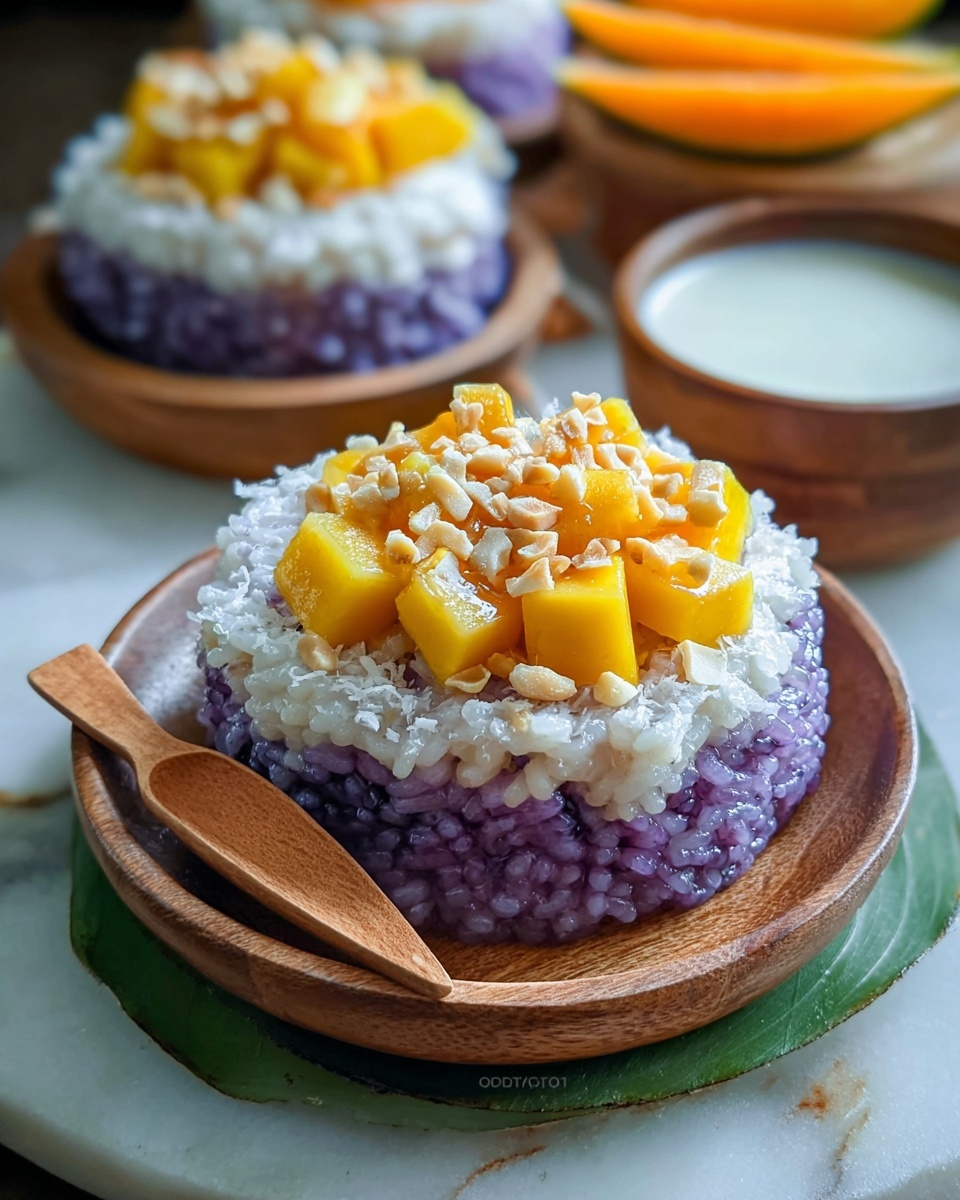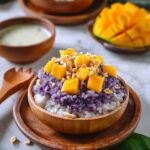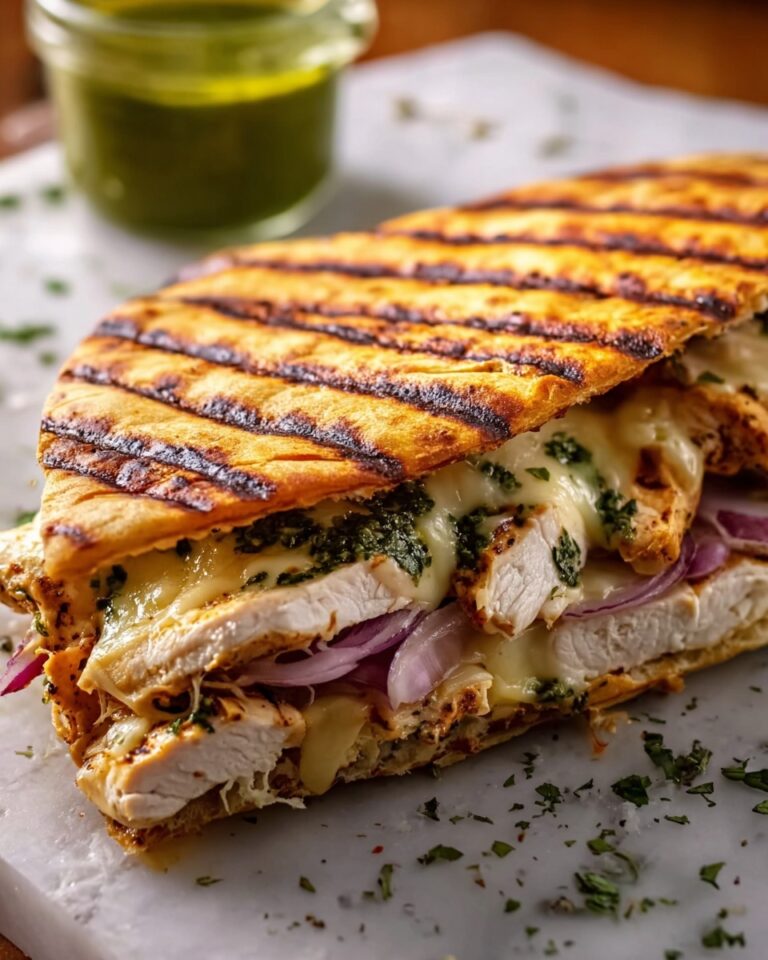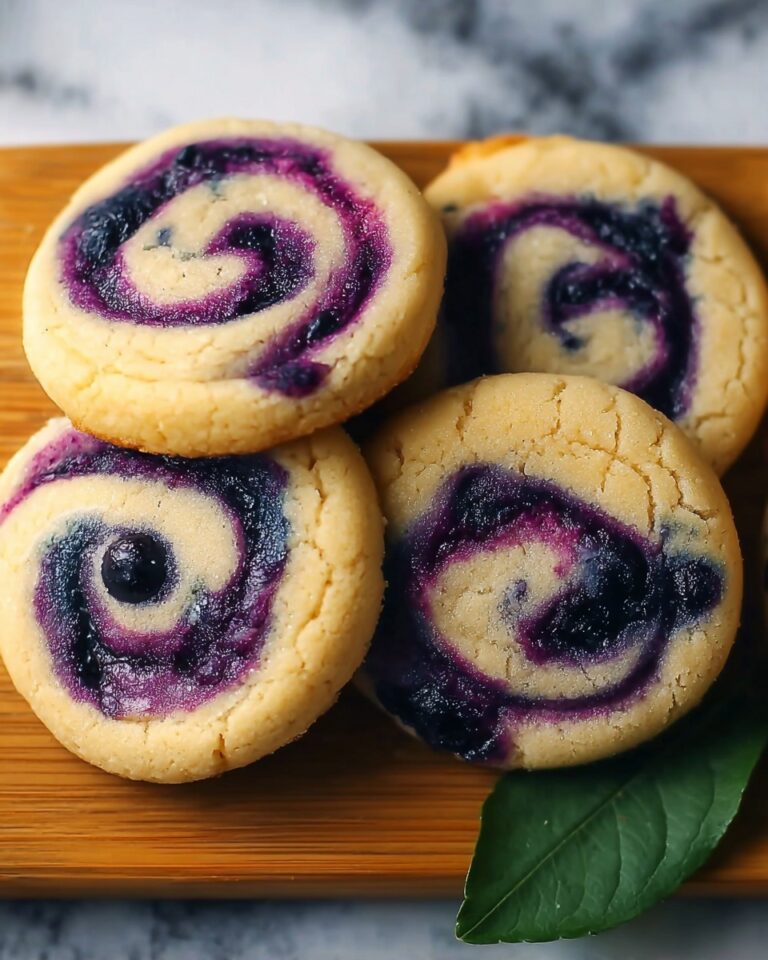If you have a sweet tooth with a love for tropical flavors, the Thai Mango Sticky Rice Recipe is an absolute must-try. This iconic dessert from Thailand offers the perfect harmony of creamy, luscious coconut sticky rice paired with juicy, fragrant mango slices. Each bite is a delightful contrast of textures and a burst of natural sweetness that will transport you straight to a sun-soaked Thai street market. It’s simple, comforting, and utterly addictive, making it a favorite for both casual family dinners and special occasions.

Ingredients You’ll Need
Getting the ingredients right is key, and thankfully this recipe calls for a handful of simple items that combine to create something magical. Every component plays an essential role, from the creamy coconut milk that provides richness to the sweet mango that adds freshness and color.
- Glutinous Rice (1 cup): Also called sticky rice, it becomes wonderfully chewy and sticky after soaking and steaming, making it the perfect base for this dessert.
- Full-fat Coconut Milk (1 cup): Full-fat ensures a creamy, luscious sauce that infuses every bite with tropical flavor.
- Granulated Sugar (½ cup): Sweetens the coconut sauce naturally without overpowering, balancing the tartness of the mango.
- Salt (¼ teaspoon): A small pinch, but essential; it enhances the sweetness and depth of the coconut mixture.
- Ripe Mangoes (2): Choose perfectly ripe mangoes that are fragrant and sweet for that juicy freshness that contrasts the sticky rice.
- Toasted Sesame Seeds or Mung Beans (optional): These add a delightful crunch and a subtle nutty flavor when sprinkled on top.
How to Make Thai Mango Sticky Rice Recipe
Step 1: Prepare and Soak the Rice
Start by soaking the glutinous rice overnight; this is crucial to achieving the perfect sticky texture. Rinse it thoroughly under cold water until the water runs clear to wash away excess starch, ensuring your rice doesn’t get gummy or mushy when cooked.
Step 2: Steam the Rice
Drain the soaked rice and steam it in a lined steamer for about 30 minutes. The rice should turn translucent and sticky, indicating it’s cooked just right. This slow steaming process guarantees that fluffy yet sticky consistency that defines this dessert.
Step 3: Make the Coconut Sauce
While the rice cooks, combine the full-fat coconut milk, sugar, and salt in a saucepan over low heat. Whisk gently until the sugar dissolves completely. Heating the coconut milk mixture helps the flavors meld beautifully, creating a rich, sweet sauce to soak into the rice.
Step 4: Combine Rice with Coconut Sauce
Once the rice is steamed, transfer it to a bowl and pour half of the warm coconut sauce over it. Mix gently to combine, then let it sit for 15 minutes to absorb the flavors, allowing the rice to become creamy and infused with coconut goodness.
Step 5: Slice the Mangoes
Peel and slice your ripe mangoes into thin wedges or your preferred shape. The mango should be sweet and juicy to contrast the creamy coconut rice perfectly.
Step 6: Plate and Serve
Mold the sticky rice on your serving plates, arrange mango slices on top, drizzle with the remaining coconut sauce, and if desired, sprinkle with toasted sesame seeds or mung beans for a delightful crunch. This final presentation step makes your Thai Mango Sticky Rice Recipe as beautiful as it is delicious.
How to Serve Thai Mango Sticky Rice Recipe

Garnishes
While the classic topping is toasted sesame seeds or mung beans, feel free to experiment with crushed toasted peanuts or a sprinkle of shredded coconut. These add texture and deepen the nutty flavor that complements the sweetness of the mango and richness of the rice.
Side Dishes
This dessert is usually enjoyed on its own, but it pairs delightfully with Thai iced tea or a light tropical fruit salad. These sides keep the tropical theme alive and add refreshing contrast without overwhelming the palate.
Creative Ways to Present
You can elevate your Thai Mango Sticky Rice Recipe by serving it in coconut shells or small glass jars for a charming, rustic look. Adding edible flowers or fresh mint leaves on top can also make your presentation even more inviting and photo-worthy.
Make Ahead and Storage
Storing Leftovers
If you happen to have leftovers, store the sticky rice and mango separately in airtight containers in the refrigerator. The mango will keep fresh for a couple of days, while the rice may harden but can be revived.
Freezing
Freezing is not recommended for this dessert, as the texture of the sticky rice and mango will suffer once thawed. It’s best enjoyed fresh or refrigerated for short-term storage.
Reheating
To reheat the sticky rice, sprinkle a little water over it and microwave or steam gently until warmed through and soft again. Avoid reheating the mango; serve it fresh alongside the warmed rice and coconut sauce.
FAQs
Can I use regular rice instead of glutinous rice?
Regular rice doesn’t have the same sticky properties, so it won’t yield the classic texture of Thai Mango Sticky Rice Recipe. Glutinous rice is essential to get that chewy, sticky consistency.
How do I know when my mangoes are ripe?
A ripe mango will have a sweet fragrance near the stem, a slight give when gently squeezed, and vibrant golden-yellow color depending on the variety. These qualities ensure juicy and sweet slices perfect for this dessert.
Can I make the coconut sauce in advance?
Yes, you can prepare the coconut sauce ahead and reheat it gently before mixing it with the rice. Just be sure to stir well to reincorporate any separated cream.
Is this recipe vegan and gluten-free?
This recipe is naturally vegan and gluten-free since it uses coconut milk, sugar, and glutinous rice which is free from gluten. It’s a great option for many dietary needs.
What if I don’t have a steamer?
As an alternative, you can cook the soaked sticky rice in a heavy-bottomed pot with a tight lid using the absorption method, but be sure to stir frequently to prevent sticking and burning. However, steaming will give the best texture.
Final Thoughts
I can’t recommend enough how wonderfully rewarding it is to make the Thai Mango Sticky Rice Recipe at home. With just a few simple ingredients and a bit of patience, you create a silky, sweet, and utterly delicious treat that feels like a warm hug from Thailand. Trust me, once you try this, it will become one of your favorite desserts to share with friends and family!
Print
Thai Mango Sticky Rice Recipe
- Prep Time: 10 minutes (plus overnight soaking time)
- Cook Time: 30 minutes
- Total Time: 40 minutes
- Yield: 4 servings
- Category: Dessert
- Method: Steaming
- Cuisine: Thai
- Diet: Vegetarian
Description
This classic Thai dessert features sweet, sticky glutinous rice paired with ripe mango slices and rich coconut milk sauce. The creamy coconut-infused rice perfectly complements the juicy freshness of mangoes, making it a refreshing and indulgent treat that’s simple to prepare in under an hour.
Ingredients
Sticky Rice
- 1 cup glutinous rice (soaked overnight)
Coconut Sauce
- 1 cup full-fat coconut milk
- ½ cup granulated sugar
- ¼ teaspoon salt
Fruit & Garnish
- 2 ripe mangoes (peeled and sliced)
- Toasted sesame seeds or mung beans (optional, for garnish)
Instructions
- Rinse Rice: Rinse the soaked glutinous rice under cold water repeatedly until the water runs clear to remove excess starch for the best sticky texture.
- Steam Rice: Drain the rinsed rice and steam it in a lined steamer for about 30 minutes, or until the rice becomes sticky, translucent, and tender.
- Prepare Coconut Sauce: While the rice is steaming, whisk together the coconut milk, sugar, and salt over low heat in a saucepan until the sugar and salt dissolve completely, creating a smooth coconut sauce.
- Combine Rice and Sauce: Transfer the steamed sticky rice to a bowl and gently mix in half of the warm coconut sauce. Let this mixture sit for 15 minutes to allow the rice to absorb the flavors fully.
- Slice Mangoes: Peel and slice the ripe mangoes into thin wedges, ideal for serving alongside the sticky rice.
- Plate and Garnish: Mold portions of the sticky rice onto serving plates, top with mango slices, drizzle the remaining coconut sauce over the top, and sprinkle with toasted sesame seeds or mung beans if desired for added texture and flavor.
Notes
- Soaking the glutinous rice overnight is essential for achieving the perfect sticky texture.
- Use ripe, sweet mangoes such as Ataulfo or Kent for the best flavor contrast with the coconut rice.
- Steaming rice rather than boiling preserves its sticky texture and prevents it from becoming mushy.
- The coconut sauce can be warmed gently but should not be boiled to avoid curdling.
- Optional garnishes like toasted sesame seeds or mung beans add a nice crunch and visual appeal.








